
Why You Should Pursue a Cybersecurity Career
As job security in many fields becomes increasingly suspect, students and seasoned workers seek sustainable career opportunities. The IT sector is already a solid choice




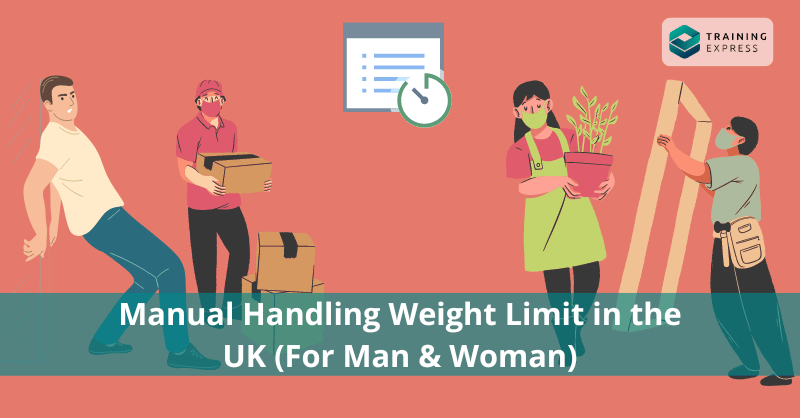
Each year, millions of people in the UK experience back pain due to unregulated manual handling. Also, people experience injuries to the back, neck, or spine due to the lack of maintaining the existing manual handling weight limit in the UK.
Working over limits can lead to excruciating pain, short-term disability, or long-term harm. Therefore, it would be helpful if you regulated the weight limits in manual handling jobs that could pose a risk to you or your factory workers.
Manual handling means applying muscular force to push, support, or move animate and inanimate objects. You may use tools to handle objects. In addition, it may involve the activities such as

The phrase “manual handling” refers to doesn’t only to moving heavy objects; other examples include
You should work within the manual handling weight limit in the UK. Otherwise, if you use excessive force repeatedly or continuously, you are subjected to hazardous manual handling. In addition, the following actions will lead you to hazardous manual handling.
Depending on how you lift the weight, how close you hold it to your body, and whether you lift it high or low, the maximum manual handling weight limit in the UK may vary.
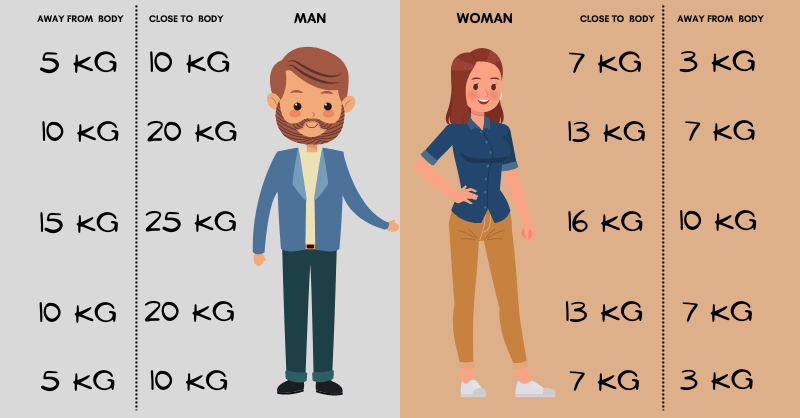
According to the recommendations, men should only lift 25 kg when working. In addition, this limit applies when holding objects at or near the waist level close to the body. For weight held at arm’s length or higher than the shoulder, the recommended maximum weight is 5 kg.
For women, the standards advise lower weights. The recommended upper limit for women is 16 kg for weight held at waist height. It would be best if you followed the above chart of weight limits in the UK at work.
When lifting, men should maintain the following weight limits.
10 kg, held close to the body and over the shoulder.
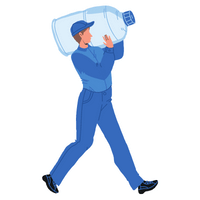
20 kg, gripped closely to the body, below the shoulder but above the elbow.

25kg, grabbed close to the body at a height below the elbow but above the knuckle.
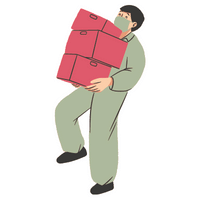
20kg, picked close to the body, below knuckle height but above mid-leg height.
10 kg, clutched close to the torso below mid-leg height.

5 kg, held away from the body and over the shoulder.
10kg, carried away from the body, below the shoulder but above the elbow.
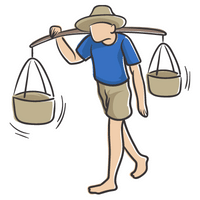
15 kg, held away from the body at a height below the elbow but above the knuckle.
When lifting, women, in general, should maintain the following weight limits.
7 kg, held close to the body and over the shoulder.

13 kg, gripped close to the body, below the shoulder but above the elbow.

16 kg, grabbed close to the body at a height above the knuckle but below the elbow.

13 kg, picked close to the body, below knuckle height but above mid-leg height.
7 kg, clutched close to the torso below mid-leg height.

3 kg, held away from the body and over the shoulder.
7 kg, carried distance from the body, below the shoulder but above the elbow.
10 kg, held away from the body at a height below the elbow but above the knuckle.

7 kg, grabbed away from the torso, just above mid-leg height but below knuckle height.

3 kg, picked close to the torso below mid-leg height.

Often, two people may lift a heavy object. However, the maximum manual handling weight limit in the UK does not double due to that. Two-person weight limits should be less than 2/3 of the total of both people’s lifting limits. For instance, if two guys, capable of lifting a maximum of 25 kg, are working together to raise an object, the thing shouldn’t weigh more than about 33 kg.
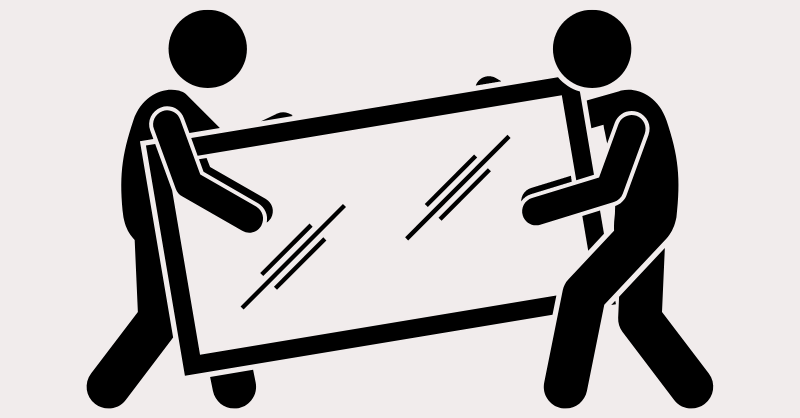
Moreover, three-person weight limits should not be more than half the combined lifting capacities of the three people.
Use these manual handling weight limits as a general guide. Different people will have different levels of difficulty with the manual handling weight Limit in the UK. When you evaluate the risk of manual handling work, you must have additional considerations. Many factors can limit a person’s capability to handle objects.
Here’s some helpful information for ensuring health and safety in manual handling.
If you don’t maintain the weight limits, it can lead to musculoskeletal problems. Musculoskeletal problems mean injuries or illnesses hurting the back, joints, and limbs. For example, workers’ primary reason for back pain is manual handling.
There are risks associated with manual handling in many types of jobs, including
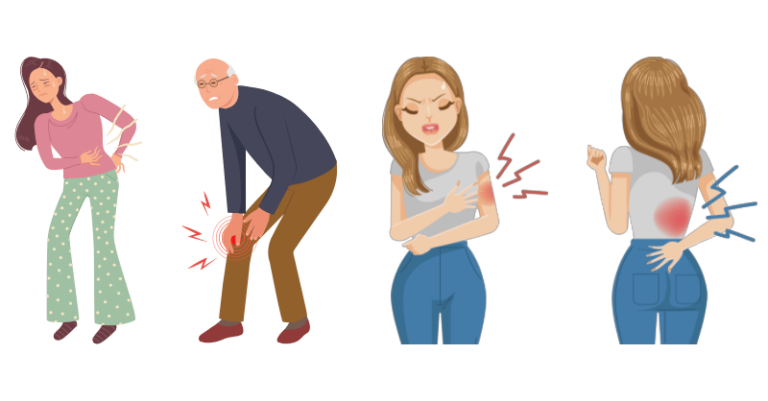
Risk factors for musculoskeletal problems include
Additionally, a non-job-related injury, such as one sustained during sports, may worsen due to employment. Therefore, you must encourage your employees to notify you or the worker representative of any symptoms as soon as possible before the conditions worsen. So, you’ll be able to take precautions to lower the risk.
Moreover, it would be best to consider seeking guidance from an occupational health practitioner regarding a worker’s fitness for work. In addition, make necessary changes to their employment if your employees have manifested symptoms. Therefore, you can implement the proper manual handling weight limit in the UK.
You should avoid manual handling at work as much as possible. However, if handling weight is unavoidable, employers must consider the hazards. In addition, you must put practical health and safety precautions in place to guard against harm. For example, in lifting weights, you must account for the person raising an object’s capacity. Also, define the load type. Additionally, ensure proper training of workers.
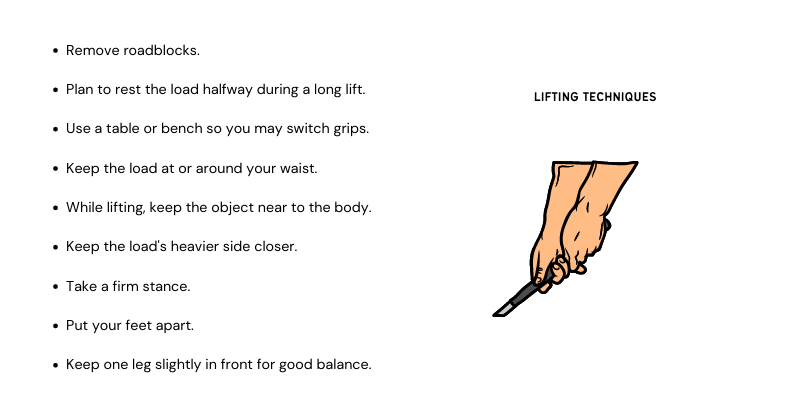
Furthermore, minimise your bending, stooping, and reaching. Avoid lifting from the floor or above shoulder height, especially with big loads. Organise storage spaces to reduce the necessity for these movements. Finally, think about ways to reduce transport distances.
It will help if you examine the load’s weight. In addition, you should evaluate whether the worker can move it safely or if they require assistance. Then, break the load down, if necessary, into smaller, lighter components.
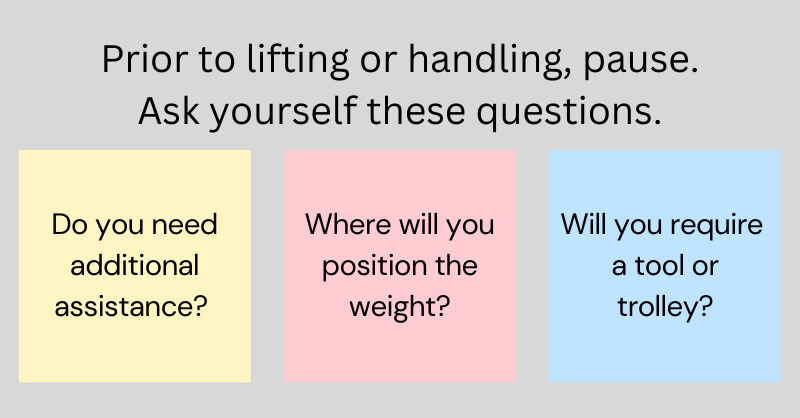
Task, Individual, Load, and Environment are the four components of TILE. TILE simplifies the process of manual handling risk assessment. To evaluate the manual handling weight limit in the UK, you must use TILE.
It can assist you in accurately evaluating the risks associated with all manual handling operations. Additionally, the law mandates to do risk analyses for manual handling tasks.
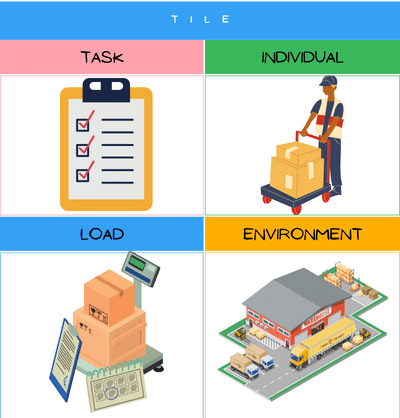
If your worker has to perform potentially dangerous manual handling procedures, you must complete a proper and adequate risk assessment. In addition, you should identify
All in all, you should complete the TILE assessment before a manual handling task.
The “Task”
Consider the actual manual handling work itself. It could involve pushing, dragging, hauling, raising, or lowering objects. Some of these behaviours impact your safety and health. The task could involve
It would be best to diminish the risk factors as much as feasible. If not, you should rethink your task. Finding alternatives to the current completion method can aid in lowering the risk of injuries. In addition, you should think about whether there will be enough time for relaxation and recovery before, during, or after the task. Overall, reduce or eliminate manual handling as much as you can.
Consider the person(s) performing the manual handling task. Ensure they are capable, powerful, and fit. In addition, make sure you can complete the manual handling on your own before starting the work. If not, get assistance to finish the task.
Additionally, you might need to take into account whether
The risk assessment may indicate a high level of danger involved with a specific individual. Then, you should advise a different person to perform the task. A person’s abilities can change over time. Therefore, you might need to routinely examine a person’s capacity to perform manual handling jobs.
Consider the thing or person that you are moving. Examine the weight to see if it has specific characteristics. For example,
You may need to take additional safety precautions after accounting for all the load-related issues. Such as,
Consider from or to where you are transporting the cargo. There might not be enough room. In addition, the flooring may be uneven or wet. There need to be adequate lighting. Also, verify that there are no possible trip hazards. You must take necessary precautions to minimise or avoid environmental hazards to handle a load safely.
Learn more – Tile Manual Handling — TILE, LITE & TILEO Explained.
You must evaluate your employee’s health and safety risks under the Management of Health and Safety at Work Regulations. In addition, it would be best if you strictly follow Manual Handling Operations Regulations, which identify dangerous manual handling of loads.
According to the Manual Handling Regulations, you must take the following steps to reduce the hazards associated with manual handling.

If you are a worker, you also have obligations. It would help if you ensured that your activities do not endanger others. Therefore, you must adhere to the systems of work established for your health and safety. You should use any equipment provided for that purpose properly. In addition, cooperate with your colleagues on health and safety issues. All in all, inform them of any changes and identify hazardous handling activities.
As an employer, you must consult with and involve your staff. Ensure that your employees know the manual handling hazards at the workplace. In addition, you should frequently provide valuable suggestions to them for reducing handling risks. Following the standard manual handling weight limit in the UK will help you tackle the hazards associated with it.
You may need to change a load’s weight below the maximum manual handling weight limit in the UK for various reasons. For example, maintain the weight restriction below maximum if you lift by bending or twisting. You shouldn’t raise the maximum weight when completing the work repeatedly or in a confined space.
To evaluate any such manual handling or lift that an employee must do, you should conduct TILE evaluations. So, avoid handling the maximum weight in the following scenarios.
If your manager asks you to lift more than the maximum amount of weight advised, you need to report it:
However, you could feel that nothing has changed after raising concerns about workplace health & safety with your employer. Then, you might want to report the situation again. If you lift more weight than is safe while working, it could hurt you, your co-workers, or someone else involved in the business.
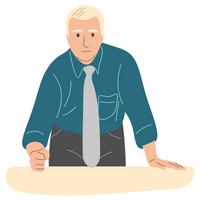
Increase your knowledge of Health and Safety at the Workplace. The Health & Safety Executive (HSE) enforces these regulations in collaboration with local authorities.
Inspectors from the HSE and the local authority have the power to look into any health and safety law violation that endangers the safety of others. You should find out which authority is in charge of your specific workplace or premises before you report any concerns about occupational health and safety. The HSE offers details on the kinds of workplaces covered by each authority.
You must notify your employer of any manual handling accidents that resulted in your injuries if they occurred at work. You can request a copy of the accident report to help establish the facts since you must report the occurrence according to the law.
Take pictures of the accident scene. It might be worthwhile to attempt and record the size of the space you were working in and the load you were lifting to prevent manual lifting injuries. Before anything is taken away from the scene, try to accomplish this as quickly as possible.
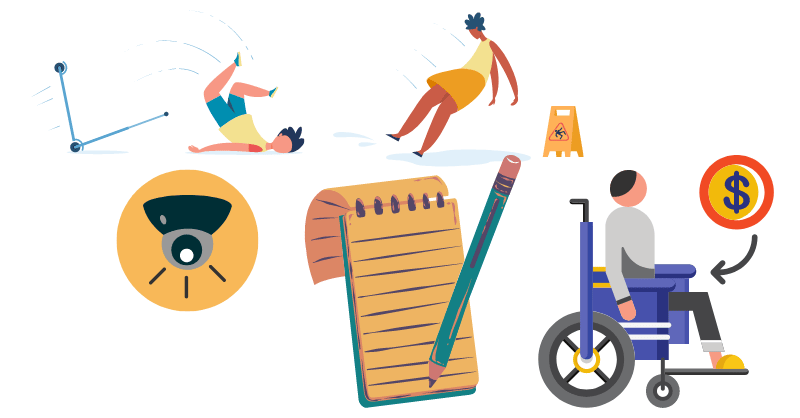
Get medical attention for your injuries. In addition to aiding in your recovery, the authority may also utilise medical records to demonstrate the severity of your wounds. Inquire about any witnesses’ information. Request copies of any CCTV images taken in the area. Do it as soon as possible because it won’t be available for long. Take pictures of any apparent wounds you may have while you heal.
Once you have as much supporting documentation as possible, call and speak with an advisor. They’ll discuss your claim with you and let you know your choices. If the case is compelling enough, they might suggest a specialised attorney help you with your manual handling claim.
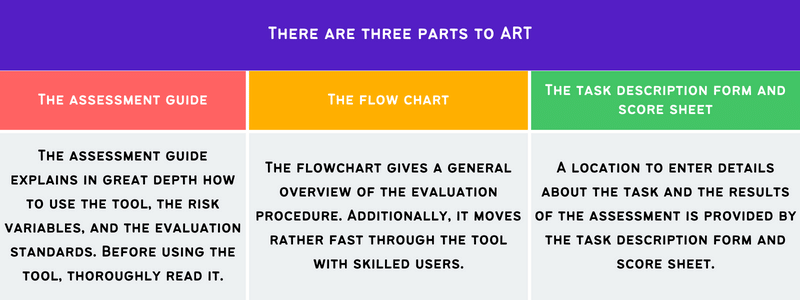
Repetitive tasks mean a series of quick upper-limb movements executed repeatedly and almost always look the same. For example, it can be stitching a piece of cloth and manufacturing or packaging one item. The best-suited tasks for ART recur every few minutes or even more often. In addition, the task can last at least 1-2 hours every day or shift. Also, it involves the regular use of hand tools. You’ll find repetitive work in product assembly, processing, packaging, and sorting.
Besides lifting or handling, pushing and pulling also require upper limb activities. HSE has developed the Risk Assessment of Pushing and Pulling (RAPP) tool to tackle pushing and pulling movements. It is a straightforward tool made to assist in identifying the significant dangers associated with manual pushing and pulling actions requiring full body power.
You can use the RAPP to evaluate two types of pulling and pushing operations.
1 – You use dragging/sliding, churning (pivoting and rolling), and moving.
2 – You use wheeled equipment such as hand trolleys, pump trucks, carts, or wheelbarrows.
Please follow the HSE guidelines on Risk assessment of the pushing and pulling (RAPP) tool and follow the instructions thoroughly.
You must follow the proper methods to lift and handle loads safely. The followings are some techniques that will help you maintain the manual handling weight limit in the UK.

You must establish the proper manual handling methods. Then, to further assure safety, abide by these dos and don’ts guidelines.
You should give them the proper training on “manual handling weight limit in the UK” to ensure your employees aren’t endangering themselves and you.
If your manager asks you to perform risky manual handling duties as an employer, you should report it. If you believe you’ve got injured due to dangerous lifting, you should involve HSE or the local authority and make a claim.
You must follow the standard manual handling weight limit in the UK to avoid strain or injury. Every task is unique, so you may occasionally need to use your judgement to determine whether the load you are carrying is safe to bear. Sometimes you may not be aware of the risk right at the time of lifting. However, muscle and joint issues can lead to various problems later in life at work and home. Lift carefully and keep preventative measures in mind.
Observe the following instances of breaching manual handling weight while lifting or pushing.
A huge, bulky, or heavy object is difficult to hold close to the body. For example, you may breach the limit if the load has uneven sides and exerts uneven pressure on the spine. In addition, it might be challenging to hold onto such objects due to improper handles, handholds, or surface textures.
Due to their physical and behavioural characteristics, handling people or animals may result in you exceeding the weight limit. For instance, it could involve unpredictable motions that call for sudden efforts to control them or that pose other injury hazards, such as the possibility of being hit, bit, or grabbed.
The unbalanced weight distribution of a tool and improper handle design or orientation may contribute to limit breaches. Using inappropriate equipment for the work can increase the amount of force needed or encourage odd or prolonged postures. The weight of heavy hand tools might pose a risk, primarily if held for extended periods. For example, imagine using a 3-kilogram power drill unsupported in a production line.
Hammers, hammer drills, and nail guns are tools that deliver impact. These tools can cause damage to ligaments and may necessitate the employment of a tighter grip to retain control. They pose a significant risk if used frequently and for an extended period.
Tools that vibrate, in particular, raise the risk. Safety concerns may arise from improper maintenance. For instance, using an unsharp knife makes it harder to bone and cut meat.
Working in cold or wet environments, cool spaces, freezers, or chilly stores can drop body and hand temperatures. Therefore, it becomes harder for you to handle and hold objects. In addition, you have to put increased grip force for wearing gloves or having cold hands, which impair sensitivity. The risk of hand-arm vibration might dramatically rise in cold weather. Low temperatures can make you more tired.
Handling and grasping objects might be challenging when working in hot environments, such as bakeries, restaurants, laundry rooms, and foundries. You may struggle to hold things due to hand sweat or may experience sudden or unexpected forces due to loads dropping.
An object may get wet through a process like steam cleaning, cooking, or humid weather. Therefore, you may have to increase your body force. If an item slips, you must apply sudden, unexpected forces. Also, humidity contributes to discomfort and exhaustion.
Slippery and uneven floor surfaces increase the force required for manual handling. Unsuitable floor coverings, such as carpets, can make transporting loads on trolleys more difficult. You will face problems, such as maintaining your stability.
Studies have demonstrated that males and women have different muscular architecture. Women typically use their pelvis more when lifting due to weaker lower-back strength. Men tend to lift with a technique that emphasises trunk motion more. On the other hand, women employ more muscles in the pelvis, back, and trunk in lifting. Lifting like this lessens the strain on the spine. However, a woman’s spine can’t support as much weight as a man’s.
Women are more likely to sustain injuries when lifting heavy loads than men. That is why the manual handling weight limit in the UK is different for men and women. They have differences in muscle structure, body proportions, and spine load tolerances.
Lifting the maximum weight is not a mandatory requirement. In addition, you should avoid lifting the maximum weight for repetitive tasks. If your manager insists you lift the maximum weight, you must show a valid reason to decline the request.
Sometimes, you cannot but lift big loads. In that case, follow the HSE Guidelines to properly lift and avoid any kind of injuries.
Just because you can, doesn’t mean you have to. Manual Handling weight limits are there for a reason. You might think lifting heavier loads doesn’t affect your health at all. However, extreme pressure and strain on the body are unavoidable. Even if you feel no pain, your body will suffer the consequences later in life. It can result in back pain, severe nerve damage, or even paralysis.
Without any planning or assessment, no type of carrying is safe. Carrying below the weight limits does not mean you are safe from workplace hazards. It is good to lift or move weight below the guidelines. However, you must also consider all other factors that play a part in manual handling.
If you have suffered a manual handling accident, you should immediately seek medical help. Once you are assured of no health hazards, notify your manager or employer. You can make a claim of a manual handling accident in case your manager ignores your report. You should also keep records of proof of the accident to enhance your claim further.
There is NO legal maximum manual handling weight limit in the UK. The 25 kg-16 kg rule is a standard that you can follow. But HSE has not set any legal limit yet. However, you shouldn’t think lifting or pushing more weight than the standard limit is okay. It will put you in dangerous situations.
You can refuse to lift heavy objects for many reasons.
However, if your employer has followed all applicable regulations, you might not be able to refuse to lift something without the danger of losing your job. Be aware of manual handling tasks and manual handling weight limit in the UK through our Manual Handling Training Course. In addition, taking this course will help you identify whether you are eligible to lift heavy objects or not.
Ignorance of manual handling weight limit in the UK and manual handling techniques will lead you to body pain, short-term disability, or long-term harm. The recommended maximum weight is 25 kg for men and 16 kg for women. It would be best to lift less than the maximum most of the time at work. If you don’t maintain the weight limits, it can lead to musculoskeletal problems. There are risks associated with manual handling in many types of jobs.
Follow TILE to assess a manual handling task. Report incidents to the manager. In addition, claim your accidents due to unregulated manual handling jobs. All in all, give your and your co-worker’s safety the most priority.

As job security in many fields becomes increasingly suspect, students and seasoned workers seek sustainable career opportunities. The IT sector is already a solid choice

Children aged three, four, and five benefit from early childhood education.. They all have the same objective, which is to get young kids ready for

Sports are exhilarating and exciting, but the thrill comes with a risk – injuries. From the tackles and cramps in the football field to the

How to grow Popularity with your target audience Whether you are sharing pictures of your adorable pet or are advertising a new product, there is

As technology advances, smartphones become more functional. Today, they can be used for photography along with digital cameras. Moreover, you can use them for image

In today’s highly competitive market, businesses strive to achieve the best return on investment (ROI) from advertising spend. With budgets under constant scrutiny, it’s crucial
No more than 50 active courses at any one time. Membership renews after 12 months. Cancel anytime from your account. Certain courses are not included. Can't be used in conjunction with any other offer.

